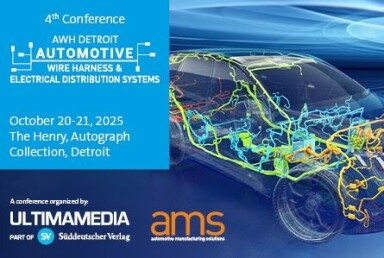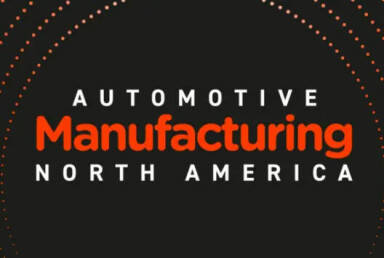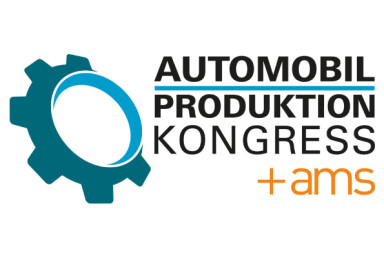'Zero' Recycled Steel
SSAB’s recycled steel more than “ready for the road”
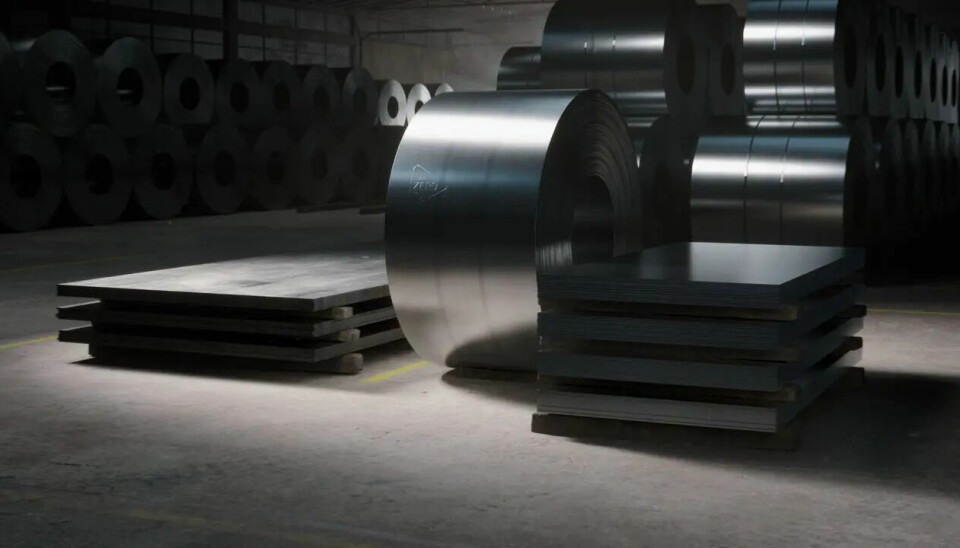
Steelmaker SSAB is advancing the use of its recycled and fossil-free steels in automotive production, including its SSAB Zero offering, which promises up to 77% lower CO2 emissions with no loss in performance.
SSAB, the Swedish specialist in high-strength steels, is making its play for the automotive industry with a confident declaration: recycled steel is not only viable, but in many cases already equal to conventional steel in strength, formability and durability.
At its recent "Insight Day" as part of the Swedish Steel Prize in Stockholm, the company showcased its decarbonisation roadmap and the progress of SSAB Zero, its electric arc furnace (EAF) steel made entirely from recycled material, in automotive applications.
In a sector where materials innovation is tightly linked to emissions targets and cost efficiency, the opportunity to decouple steel from blast furnaces and coke ovens is gaining traction. As OEMs face increased regulatory pressure and shift production toward electrified models, upstream supply chains are also under scrutiny. SSAB aims to meet this demand with a steel that performs identically to traditional grades; but is produced with a significantly lower environmental impact.
SSAB’s recycled steel “shows no differences in material properties” to conventional steel
"We have seen some hesitation from the automotive industry regarding so-called residual elements or tramp elements, such as chromium, molybdenum, copper and nickel, and how these might influence material properties," says Kenneth Olsson, Automotive Business Development Specialist at SSAB.
"However, we are now conducting extensive testing programmes, both in our own laboratories and together with our customers. So far, we have seen no major impact from these tramp elements. The key is to use high-quality scrap with low levels of residuals and to keep these contents consistently low.
“Our testing shows no differences in material properties, which has helped us reassure customers that the performance will be equivalent to conventional steel. That has been the main challenge - not the quality or strength, but merely delivery of the message,." he says.
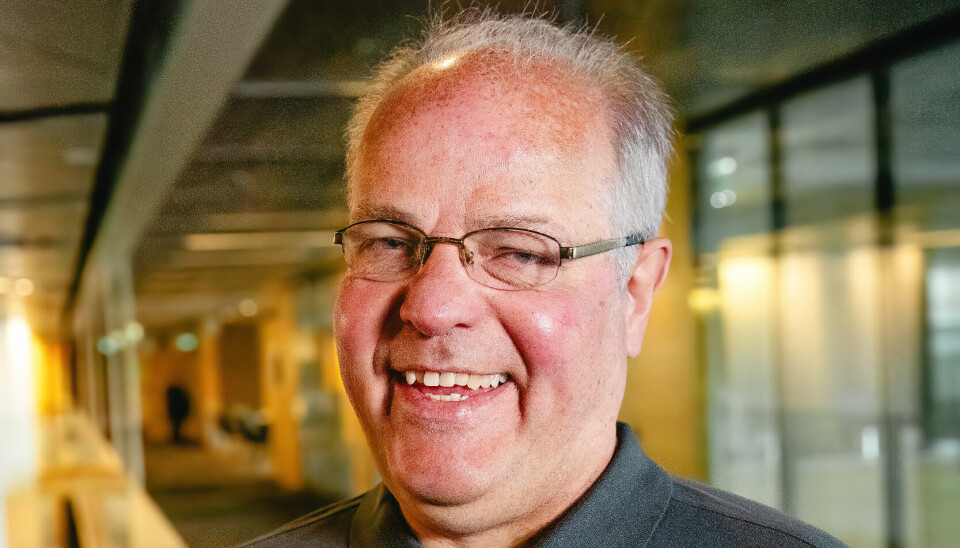
Volvo Trucks integrates SSAB Zero with more OEMs expected to follow
Manufactured via EAF using recycled steel and fossil-free energy, SSAB Zero has already entered commercial production, with early adopters such as Volvo Trucks integrating it into frame rails for around 12,000 trucks in 2025. This single application alone is projected to save 6,600 tonnes of CO2.
SSAB’s new EAF mill in Oxelösund, due to come online in 2026, is central to this transformation. It will replace the existing blast furnaces and coking plant, reduce Sweden’s national CO2 emissions by roughly 3%, and operate with new infrastructure for biofuels, expanded scrap handling and integrated logistics.
Additionally, mini-mills are scheduled for Luleå in 2028 and later on in Raahe, each replacing coal-based systems and contributing to national emissions reductions of up to 7%.
Broad-scopes and broad reductions: CO2 emissions slashed by 70% to 80%
These efforts have been reinforced by Environmental Product Declarations (EPDs) launched for all product groups, covering all relevant Scope 1, 2 and 3 emissions. "Overall, SSAB Zero offers a reduction in CO2 emissions of around 70% to 80%. That means our customers can use SSAB Zero to significantly lower the carbon footprint of their own products," Olsson explains.
[SSAB Zero] as a recycled steel offers a reduced CO2 footprint, with no loss in strength or other critical performance aspects, even at the microstructural level. It’s ready to go.
The implications for automotive manufacturers are far-reaching. Most carmakers have committed to net-zero emissions targets and increasingly demand transparency from suppliers on embedded carbon. Yet for adoption to accelerate, performance must match expectations.
"SSAB Zero, as a recycled steel, is ready for use in automotive applications,” says Olsson. “Customers do not need to hesitate when it comes to material properties. All our testing has shown that the properties are the same - or at least fully comparable. It offers a reduced CO2 footprint, with no loss in strength or other critical performance aspects, even at the microstructural level. It’s ready to go."
Fatigue strength, formability, weldability, corrosion resistance and paintability match blast-furnace equivalents
In terms of key automotive-grade steel properties, SSAB has discovered no measurable differences in formability, weldability, fatigue strength, corrosion resistance or paintability between SSAB Zero and blast furnace-derived equivalents. According to internal analyses, the main limitation for recycled EAF steels remains the control of residual elements. However, this is largely being addressed by refining scrap sourcing and adjusting alloying strategies.
Compared to the blast furnace–basic oxygen furnace (BF-BOF) route, which we currently use, switching to recycled steel melted via electric arc furnace (EAF) technology - as in SSAB Zero - reduces energy consumption by 70%, which is significant.
Cutting 1.4 tonnes of iron ore, 740 kg of coal, and 120 kg of limestone
Life cycle assessments further support the switch. "We have quite clear figures on that. Compared to the blast furnace–basic oxygen furnace (BF-BOF) route, which we currently use, switching to recycled steel melted via electric arc furnace (EAF) technology - as in SSAB Zero - reduces energy consumption by 70%, which is significant. Additionally, for every tonne of recycled steel produced, we avoid using 1.4 tonnes of iron ore, 740 kilograms of coal, and 120 kilograms of limestone according to World Steel data. So, by relying on recycled material rather than extracting virgin raw materials, we conserve a great deal of natural resources," Olsson says.
For automotive applications, this could mean more than marginal gains. As more vehicle makers include upstream emissions in their life cycle analysis, the material choice for body structures and frames becomes strategic. SSAB’s roadmap also positions its fossil-free steel, produced using hydrogen-reduced sponge iron, as an alternative to SSAB Zero, aiming for zero-emission steel production in the coming decade.
Comparable quality, incomparable CO2 emissions cuts
SSAB Zero is a full-fledged material ready for the road. The path to full-scale decarbonisation in automotive manufacturing is complex and incremental. Yet the potential for recycled and fossil-free steels to reduce automotive manufacturing Scope 3 emissions without compromising performance may prove decisive. As SSAB’s investment in electric arc furnace production and its early partnerships with OEMs expand, the conventional wisdom around recycled steel is beginning to shift.
Find our more about SSAB's recycled steel solutions by clicking here.
